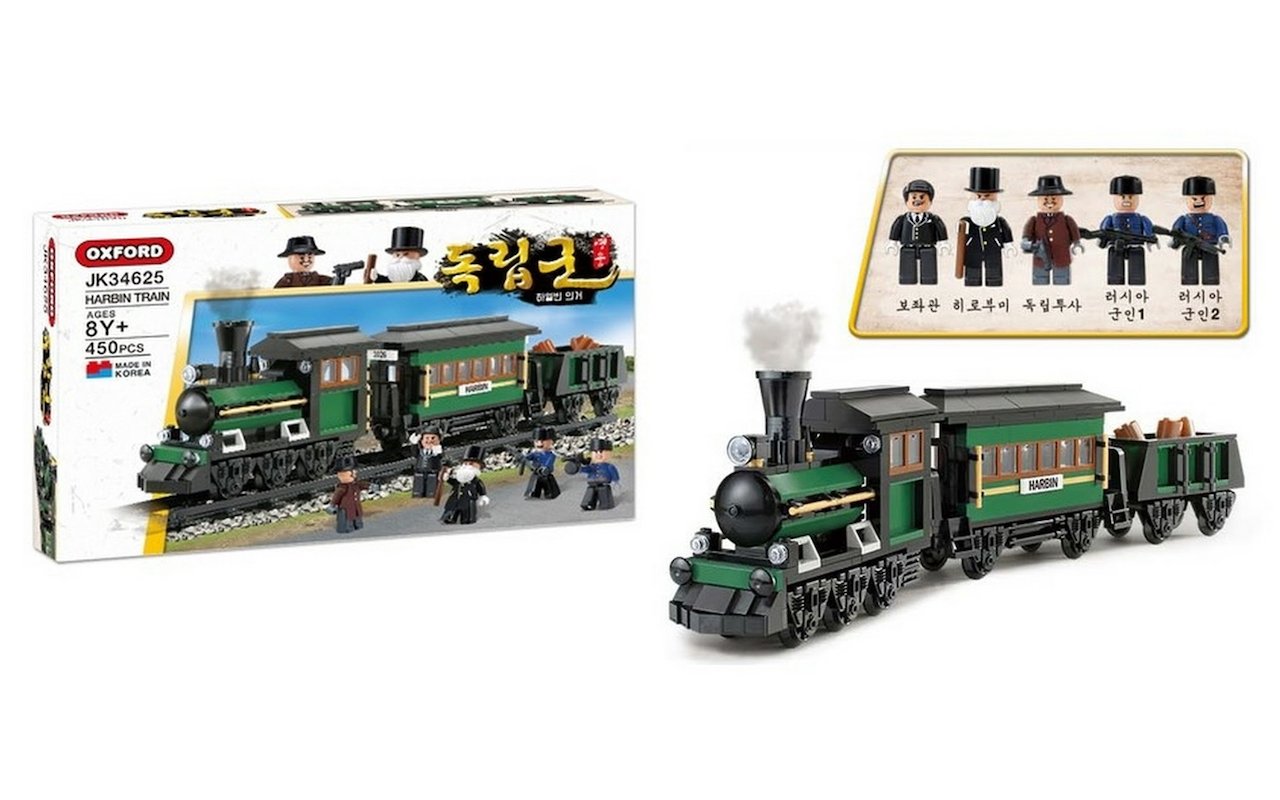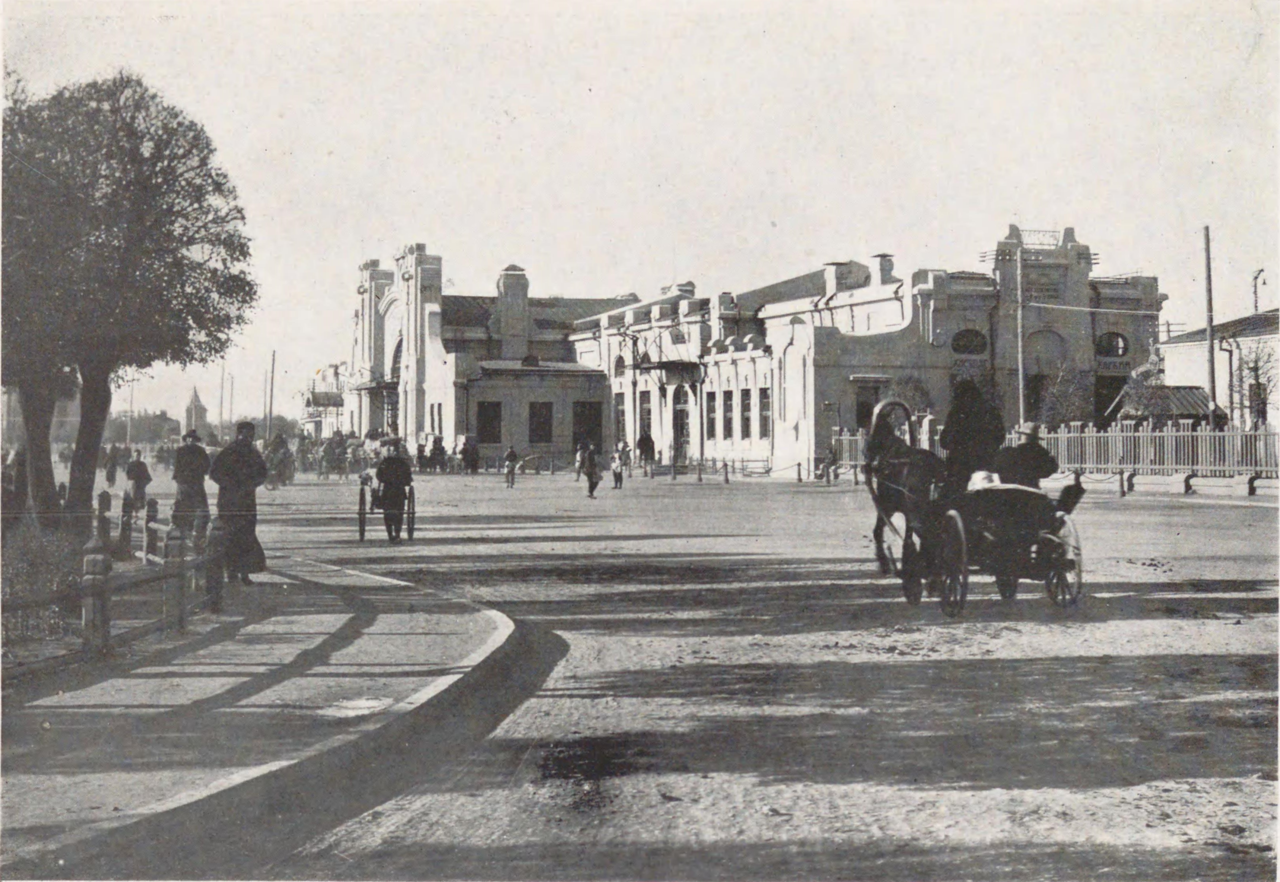Building the history of Korea
The humble plastic brick can allow you to build history, explore perspectives, and come to a deeper appreciation for humanity's complexity.

The power of the humble plastic brick cannot be underestimated. Feared by parents everywhere for their painful potency underfoot, Lego has a certain nostalgic thrill that ebbs through life. It’s okay to be enamoured of parenthood as a reason to buy more Lego – not that such an excuse is really necessary.
But what caught my eye recently was not an actual Lego set, but an Oxford Block set.
Oxford Blocks is a Korean-owned and made plastic building block brand. Many pieces will still interlock with Lego bricks, and the company produces a range of brand-licensed sets as well as historical sets.
Perhaps you enjoy the thrill of a miniature Krispy Kreme stand, a Hello Kitty block collection, or perchance it’s history that piques your curiosity, such as the Titanic set for the budding disaster enthusiast in your life (aka my mum).
There are two main phases of Korean history explored by Oxford Blocks. The first is the Three Kingdoms period (57 BCE - 668 CE) which includes the life and times of Gwanggaeto the Great who ruled within the Three Kingdoms period between 391-413 CE. That’s a good solid seven centuries of history to consider that overlaps nicely with things like the Roman empire in the west. Just sayin’.
The second period of Oxford Blocks’ interest in historical events extends into more recent national history. It’s at this point assassination enters the chat. The Harbin Train set came to my attention via this twitter thread, and it taps right into some of my particular interests – plastic brick building and history. As a Lego kid, I was obsessed with historical sets such as Robin Hood, and Pirates. The quality of the history content in each case is highly questionable, but hey, I was a kid!
ANYWAY.
The point is that Oxford Blocks are doing something far more interesting – historical events that resonate even today in the development of modern Korea.

The Harbin Train set allows you to build the tableau leading to the assassination of Japanese politician Itō Hirobumi by Korean activist An Jung-geun at Harbin train station in China.
Harbin is located directly north of the Korean peninsula and the assassination continues to evoke tensions between China, Japan, and Korea. The turn to the twentieth century was a complicated moment in the history of the region – there were developing relationships with the west and local changes on a grand scale. Japan was on a path of rapid political and social reform known now as the Meiji Restoration.
Itō Hirobumi was an influential politician. He rose to become the first Prime Minister of Japan. He oversaw the surrender of the Qing dynasty in the First Sino-Japanese War (25 July 1894 - 17 April 1895). The Qing had ruled China for over three centuries and while the war was not the end of the dynasty, it was a blow from which the Qing leadership never really recovered.
As if conflict between China and Japan was not enough, Korea found itself geographically and politically wedged. For five centuries, Korea had been ruled by the Joseon dynasty, and with a connection to mainland China there would be repercussions whatever happened between the Qing and Japan.
Emperor Gojong ruled in Korea, but it was his Empress-consort Myeongseong who became a figurehead of opposition to Japanese influence. When Myeongsong sought to build stronger ties between Korea and Russia, Japanese operatives assassinated her in 1895. The ensuing anti-Japanese sentiment became fertile ground for the activist An Jung-geun.
Fast forward to 1909 and the events at Harbin station had been set.
It's a far cry from the Lego approach. Real wars and assassinations take a back seat to space operas, superheros, and soft culture. Lego embodies western values in the form of glistening plastic cities of thriving capitalism rather than draw attention to western colonial might.
There’s no doubt that the Oxford Blocks Harbin Train set is political. It taps into Korean nationalism and brings to life events from an extremely complex period of power struggles in the region. Oxford Blocks suggest that the humble plastic block can assume a greater political power depending on the subject.
Byteside Newsletter
Join the newsletter to receive the latest updates in your inbox.

